|
Think about garden and patio decorations just as you would if you were designing a room in your home. We always hear of interior decorating, so now think about exterior decorating! A well-decorated patio can have sitting areas, dining areas, and center pieces. Because you're outdoors, garden and patio decorations let you become creative in really fun ways. The garden decor you select will give your outdoor "rooms" style and character... so go with what appeals to you. Are you formal and elegant, or informal and casual? Whatever approach you take, keep in mind that too many garden and patio decorations will give you a crowded look. Plants and flowers should play just as big a role in your decor as structures and furnishings... let them compliment each other. Visualize Key Furnishings First, envision your patio, deck or garden area. Plan out a few different layouts for the main, larger decor items that will need to fit within your space. These would be chairs, benches, tables, grilling or cooking stations. If you work at home, you can even design an outdoor "work station" for your laptop and office work. Weather-proofed wicker, wrought iron, cedar and teak garden furniture are excellent choices for patio and garden furnishings. Functionality is important, but go for comfort and style, too! There are some great designs for outdoor patio furniture, guaranteed to fit your personal style. Make sure what you buy is very durable and weatherproof, since your furniture will be exposed to sun, wind and rain. Be patient and shop for the most attractive furniture that meets these standards and you'll save money in the end. Outdoor Lighting Sets the Mood Once you identify your main furniture pieces, add even more atmosphere to your garden and patio with outdoor lighting. Lighting arrangements can change the entire feel of your outdoor area. You can go for festive, subdued, ornamental, warm, or bright! Outdoor patio lights are made to endure all the elements, and feature insulated and weather-resistant components. There are quite a few styles you can choose from. The possibilities include freestanding lamps, table lamps, shaded and globe lamps, lanterns, umbrella lights, BBQ lights, string lights, and ground lights. Shop around for what appeals to you, as well as what's practical for your purpose. Choose Your Accents There are no rules for garden and patio decorations and lots of choices! Here are some great accents that will add life and charm to any yard: Garden Benches: Have you ever noticed a rustic bench placed "just right" in a garden? It's a very inviting sight. It doesn't need to be fancy just a spot to sit down and relax. Decorative Planters: To create a pleasing focal point, set out a few planters filled with beautiful flowers in different areas of your garden. You can move them around, and replant them with different flowers as the season goes by. These are perfect for the patio, too. Don't forget, an old container you have lying around can easily be tuned into a planter ñ perhaps an old watering can or a pickle barrel. All they need is some form of drainage. Try one or two planters and see the difference they make! Garden Fountains: Fountains add a great deal of atmosphere to any garden setting. The varieties range from grand fountains made of stone or bronze, to modest and charming garden fountain kits. Garden fountains have such a pleasant, tranquil sound that their beautiful effect is immediate and captivating. Garden Sculptures: Garden statuary is usually made of bronze, marble, stone, wood, or resin. Choose themes from cherubs and saints to deer, rabbits and frogs. Garden sculptures can really develop your garden theme, and are great fun to design with! Tuck them into a corner, or display them openly as a main focal point. Sundials: This ancient device has brought beauty and charm to thousands of gardens. Sundials are terrific accent pieces and come in different designs, such as tabletop and pedestal. Some sundials double as birdbaths! Garden and patio decorations can be as elaborate or quaint as you wish. Simply keep in mind that it's just like fixing up a room in your home. If you like what you see, you've added your own personal signature to your outdoor living place!
The Bristol Gardening Team is always available to provide you with support in making the best out of your happy place. Call us now for a free quote.
4 Comments
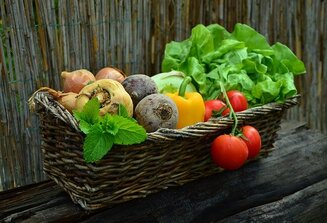 Growing vegetables in your garden can save you money. During harvest time, your own produce becomes part of your meals. Home gardeners feel deep satisfaction in preparing salads or seasoning the casserole with freshly picked plants from their own vegetable gardens. Their taste is incomparable. Fresh surpluses are distributed to friends and loved ones while some are kept frozen. It doesn't require much space to grow vegetables. Even a container pot or a window box will do the trick. Where space is limited, you can grow a mini-garden indoor or outdoor. If you have good sun, access to water and enough containers, growing a garden's worth of fruits and vegetables in a limited space is a no-brainer. You can even harvest more than one crop if your choice of plants and planting schemes are all well planned and executed. Windowsills, balconies and doorstep areas can be used, as well as empty packs of milk, pails, plastic buckets and cans. When planting in containers, proper spacing is very important. One sturdy plant is better than several weak ones. Crowding chokes root systems, can slow growth, cause poor production and frustrate your expectations. With container vegetable garden, you no longer need to worry about poor soil types and bad drainage, or heavy-duty tillers to break up hard clay and rocks. There is no weeding to worry about and you can change the looks of your container placements by simply moving them around anytime to a place you wanted to. Vegetable gardening offers a change from the monotony of the supermarket. You can grow a variety of vegetables that you want. When choosing plants for your vegetable container garden, consider container worthy crops such as beans, carrots, cucumbers, peppers, tomatoes, eggplants and radish. Other root crops such onions and turnips can also do well in containers, but remember to always take care of these crops with ample fertilizers and water. Also consider grapes and berries. Though some take a while to get established, they bear fruits more each year. Planting for fall crops can start in early summer, though summer planting can still be done in June in most regions. One great advantage of growing vegetables and spices in containers involves the advent of upside-down gardening. Crops with the likes of tomatoes, basil, parsley, rosemary and peppers do well with this approach. The idea is that the vines will cascade downward instead of raising a stake. A grow box can be treated by punching perforations through the bottom of a container. The other option is to purchase a device specially designed for this purpose. Upside gardens do not require a great deal of space and are perfect for balconies and patios. Equally important, seeds and soil must properly be taken care of in your vegetable container garden. Seeds do not always have to be bought. Reasonably fresh dill, anise, fennel, coriander and other seeds already on the spice rack should grow. If not, they are too old to add much to food anyway and should be replaced. Scoop out seeds from vegetables you've bought and dry them a week or so before planting. Soil preparation, on the other hand, is very crucial for good results. Have the soil tested. Every city has a land-grant college that will test soil for a small fee. It will give abundant basic gardening advice and garden resources tips. Start growing those veggies in your garden and turn your home made meals into something truly special. Take care of your plants to make them productive by keeping them watered and harvested.
|
BlogTips & Tricks from our experts to keep your garden in great shape! Archives
May 2022
Categories
All
|
Bristol Gardening
0117 325 5970
0117 325 5970
In association with:


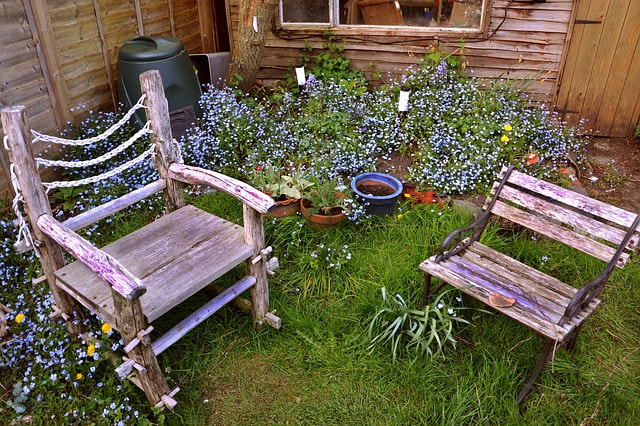
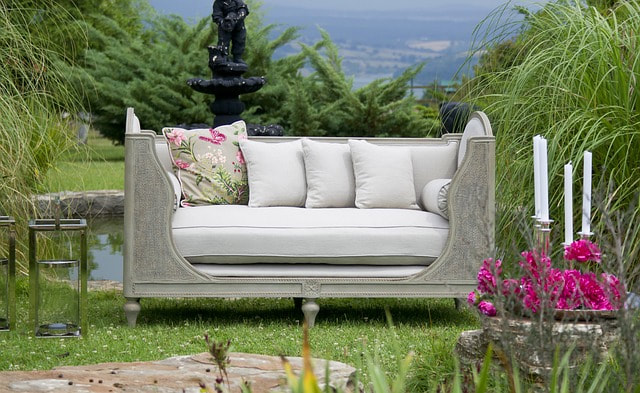
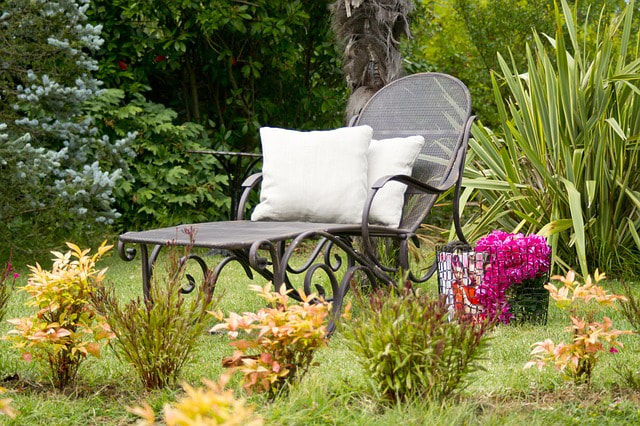
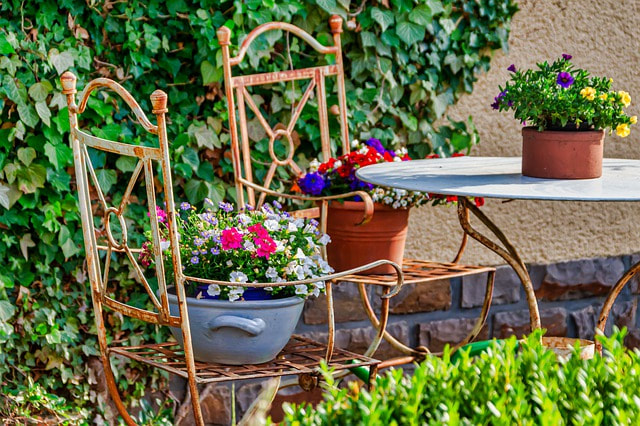
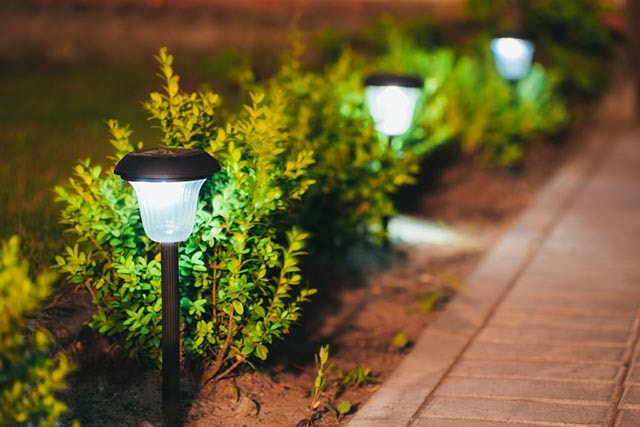
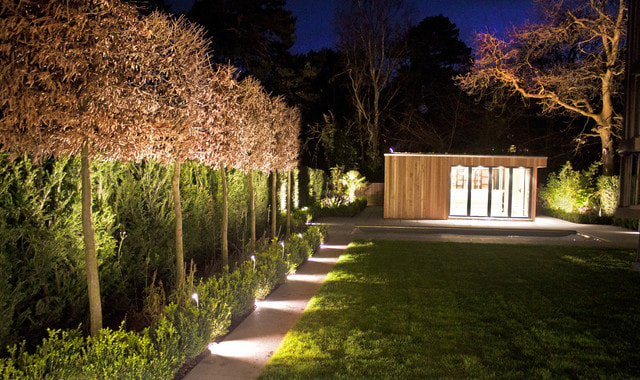
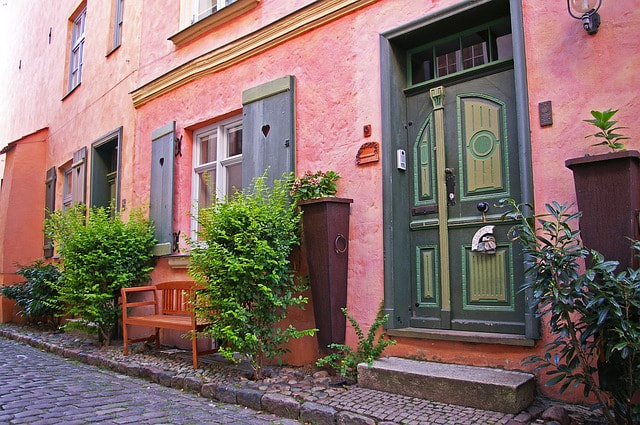
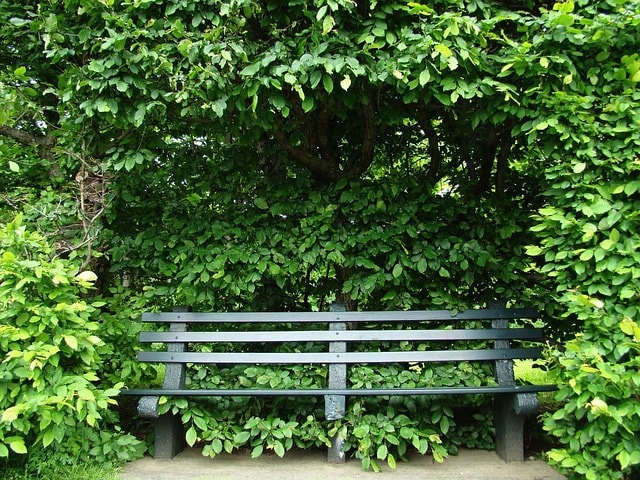
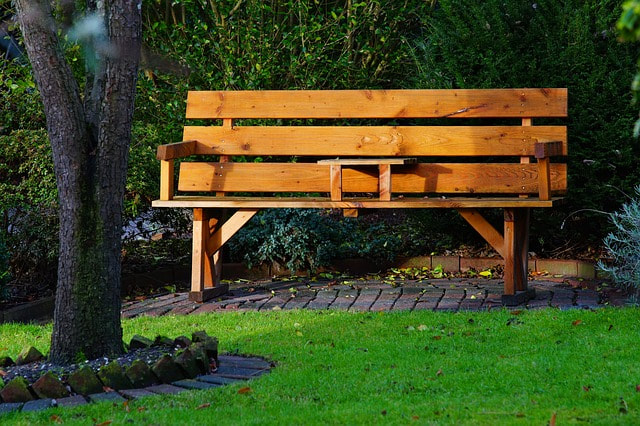
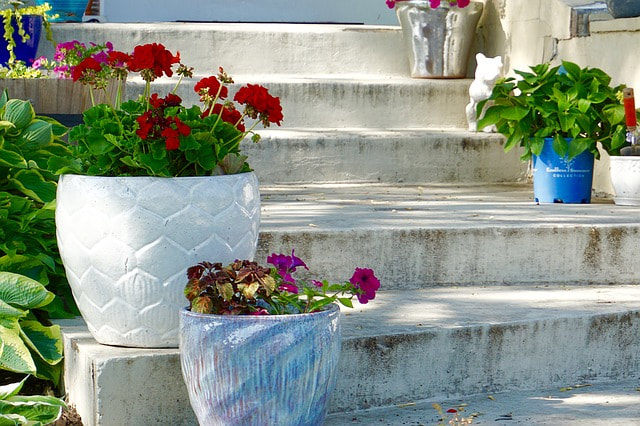
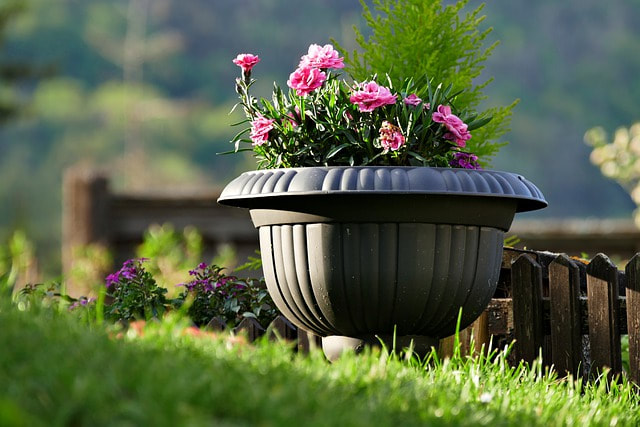
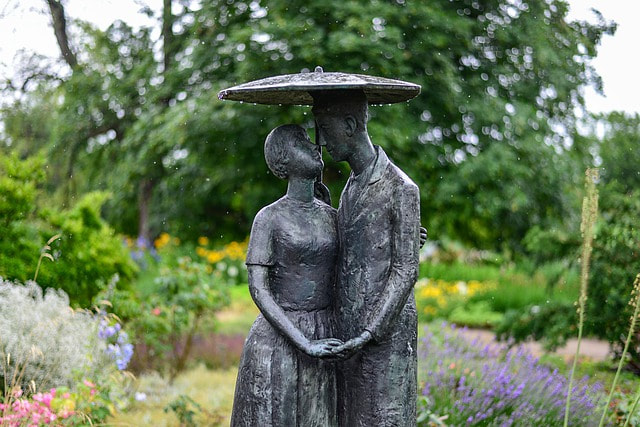
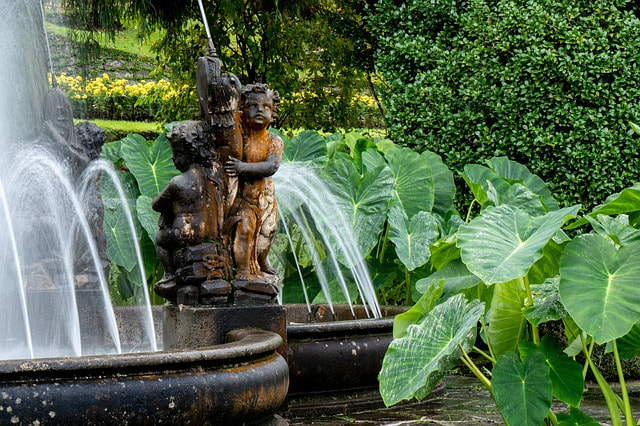
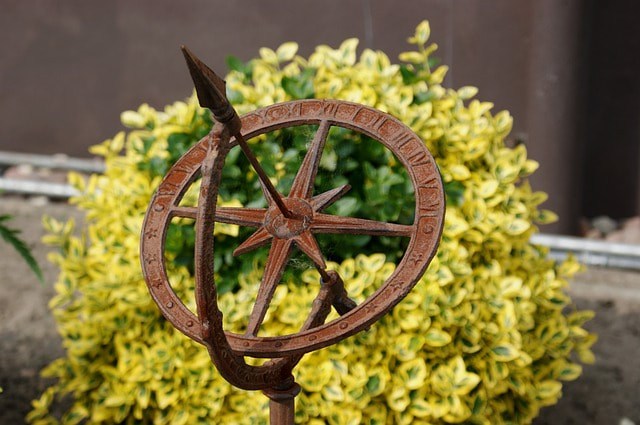
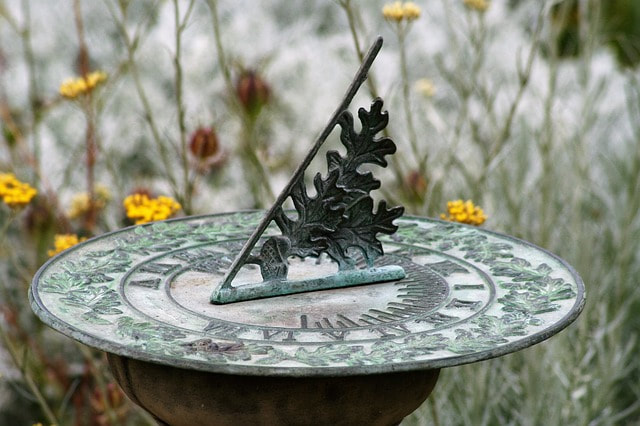
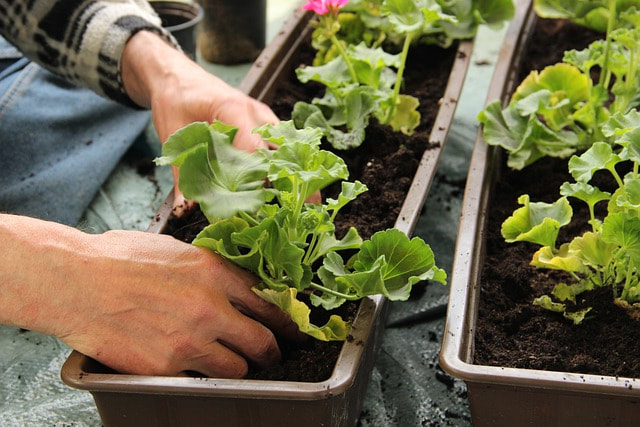
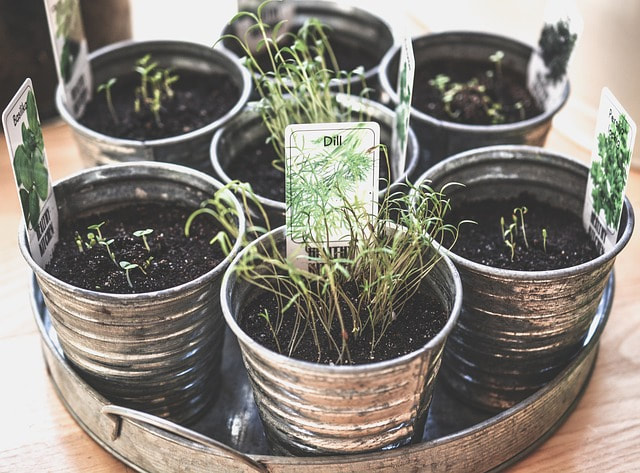
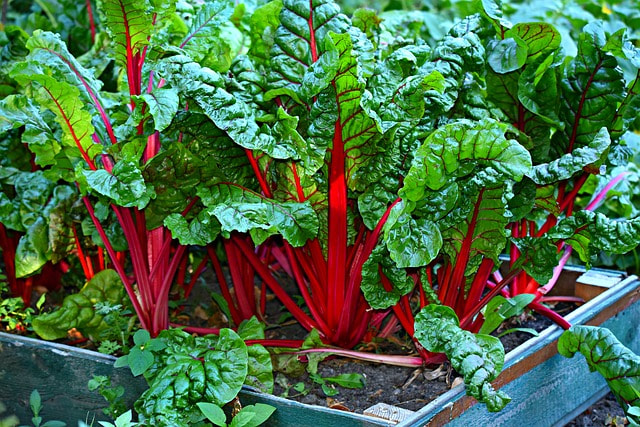
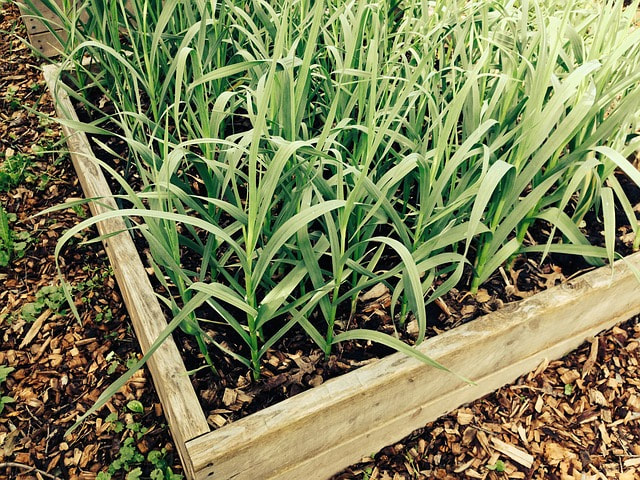
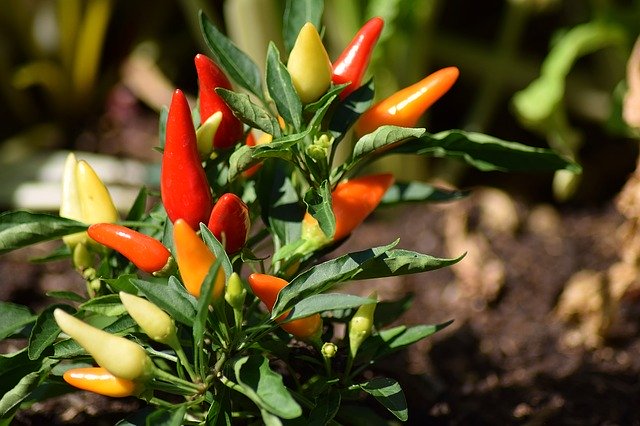
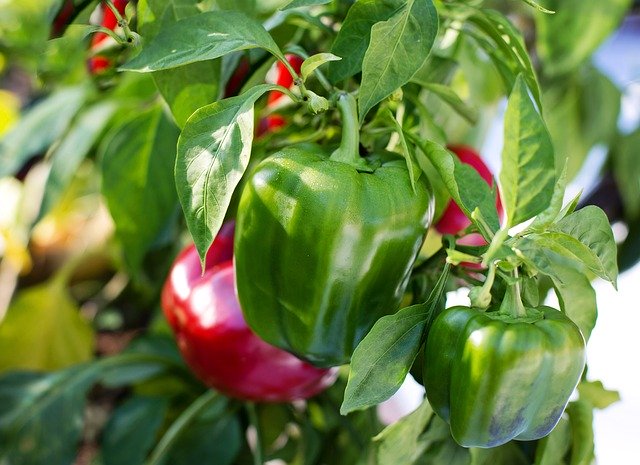
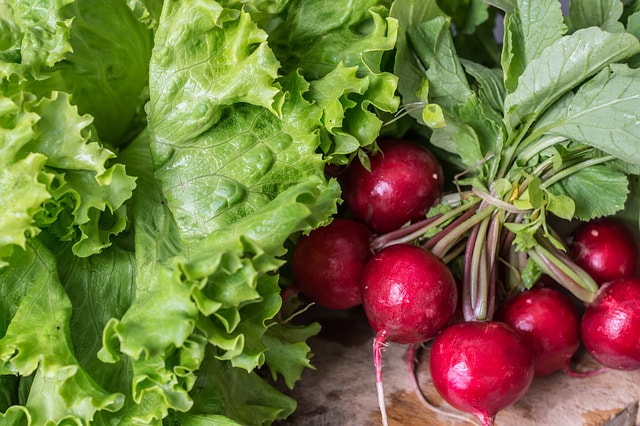

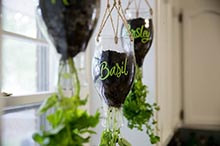
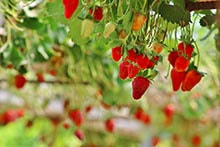
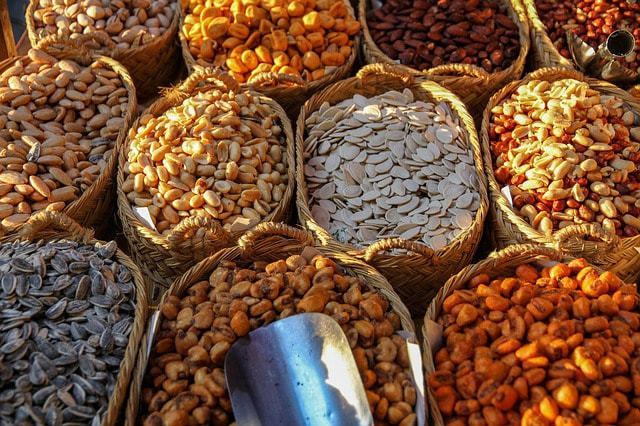
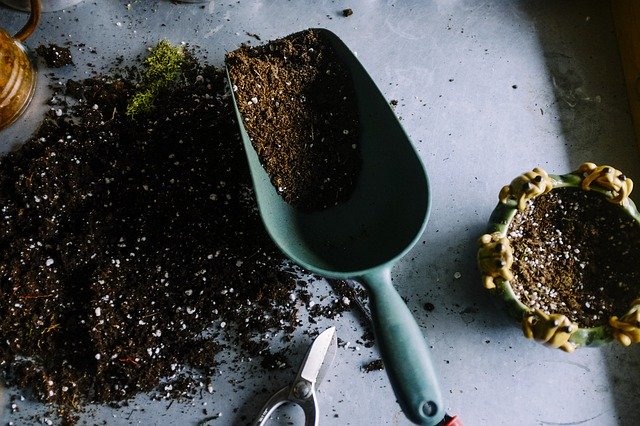

 RSS Feed
RSS Feed

